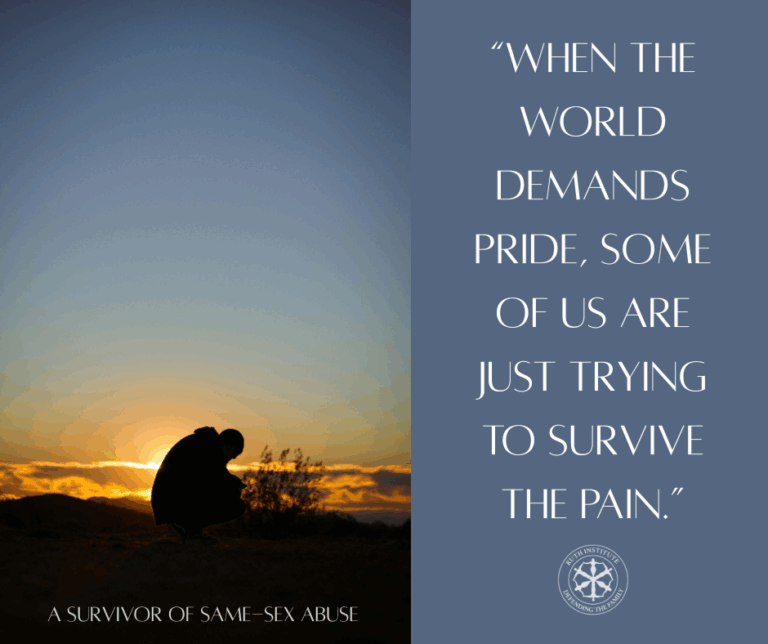Book Summary, by Bai Macfarlane, posted here.
One quarter of today’s young adults are children of divorce (66) and a book from the Pontifical John Paul II Institute examines anew the nature and meaning
of marriage: Torn Asunder: Children, the Myth of the Good Divorce, and the Recovery of Origins.
The book’s back cover blurb shows, “After decades of talk about the rights of adults to get a divorce and the benefits for children of an amicable split
between parents (a so-called ‘good divorce’), these authors—theologians, philosophers, political scientists, lawyers, psychologists, sociologists,
and cultural critics—effectively unsettle conventional opinion.”
Umpteen studies have concluded that children of divorce are disadvantaged compared to children of married parents. However, Torn Asunder explains
that children of divorce are deeply wounded, either parent entering a second marriage does not solve the problems (28). Contributor, Paul Sullins,
sociologist, says, “[T]he effect of divorce on a child is best described as a loss of being, an impairment at the level of his or her existence”
(38). Moreover, author Andrew Root, who is an associate professor of Youth and Family Ministry, finds “divorce radically changes the way the young
people live their lives, because their world has changed;… this sends shockwaves back to her own being”(p. 100). Theologian, Fr. Antonio López,
writes, “losing one’s place in being radically puts into question life’s meaning, that is, the unity between oneself, others, the world, and
the divine source of all that is” (123).
A child of divorce herself, theologian Lisa Lickona, describes in Torn Asunder the reaction of children of divorce: “I felt that I was being extinguished,
that I would fall into that abyss and disappear from the face of the earth. I did the only thing I thought I could do, the thing most children of divorce
do. I tried not to think about it.” She describes this self-preservation technique as the “’bubble wrap method’: wrapping and forgetting, keeping one’s
memories in check with diversion and distraction” (17). According to modernity, it is natural for the closest relationships between parents,
children, and spouses, to be tenuous, explains theologian and the editor of Torn Asunder, Margaret Harper McCarthy. She says, however, that
the children of divorce aren’t being convinced.
who, on the basis of their ‘experience of deprivation’—and against the many attempts to convince them otherwise—are putting their fingers
on something more original—more natural—than the tenuousness between parents and their children. It is they who are putting their fingers
on the necessary link between our identity and our origin (in our parents) (218).
With the enactment of no-fault divorce, policy makers rejected the notion that family is the building cell of society, replacing it with both the unhindered
freedom of the individual, and the power of the state. In the eyes of the law, marriage—understood as a lifelong union between man and woman
for the rearing and education of children—does not exist (135). In his essay tracing the changes in Lutheran theology in the United States, historian,
Ryan C. McPherson, points out that, “It is no longer divorce, but rather its condemnation, that is become taboo for all” (148). The family is no longer
the fundamental unit of society. “In its place, a swarm of isolated individuals competed, through their attorneys, for rights to property, child custody,
and child visitation; … The no-fault revolution has not only severed the lifelong bond between husband and wife but is also ruptured the natural
linking between parent and child” (135).
In Torn Asunder, psychologist and founder of The Institute for Marital Healing, Dr. Richard Fitzgibbons, explains that counselors themselves cause
the problem because marital therapists are known to adopt “the ‘psychological’ view of marriage where the primary obligation is not to one’s spouse
and family but to one’s self alone” (56). Another contributing psychologist, Dr. Margaret R. Laracy, says “therapists often assess whether the marriage
is working or workable, rather than focusing on marital healing from the start. This pragmatic starting point can leave therapist to support or even
recommend a decision to divorce”(193). Not being able to talk together was a reason for filing for divorce in 53 percent of cases, and growing apart
was the reason for 55 percent of the cases, according to study cited by Fitzgibbons (55). In his own clinical experience, he reveals, “the conflicts
that most often lead to divorce are insecurity and selfishness in husbands and loneliness and selfishness in wives” (55).
Children whose parents divorce for low-conflict reasons, like those aforementioned, are more harmed by divorce than those whose parents had a high-conflict
divorce due to serve destructive behaviors (85). The children of the low-conflict divorce are more likely to lose hope in the institution of marriage
altogether, because, if their parents—who appear to get along—could not even hold their marriage together, then how could the young people
trust the indissolubility of marriage for themselves.
To deter breakups, Fitzgibbons emphasizes the importance of everyone encouraging parties to “grow in the virtue of justice, which consists in the constant
and firm decision to give their due to God and neighbor, and in this case spouses and children” (59). He says clergy should remind spouses of their
marriage vows, and the need of children for their parent’s stable union (59). Laracy’s chapter is titled “Sacrifice and Happiness: Approaching an Authentic
Therapeutic Response to Married Couples in Distress.” She says that therapists themselves also need to be willing to sacrifice, suffering along with
clients for a greater good. In describing her own work with couples she says, “Affirming the inextricability of the marriage bond for the good of the
spouses called me to forgo the easy path of passive collusion in the breakdown of their marriage.”
Besides the chapter on sacrifice in marriage, there is also a chapter about forgiveness in marriage by psychologist Andrew J. Sodergren. Forgiveness requires
humility to acknowledge one’s own pain and empathy toward the offender (170). Sodergren explains stages of forgiveness, one of which is the “work phase:”
offender. Some key aspects of this phase include learning to see the offender and the offense in a new way. It means gaining a more complex, complete,
and/or nuanced view that leaves space for the humanity of the offender.
The willingness to forgive is more potent than any evil in the heart of man (171). Forgiveness starts with the decision to forgive and does not require
the reconciliation between the offender and the offended.
Torn Asunder pulls together theological, psychological, and sociological findings demonstrating the failure of the current systems of contraception,
cohabitation, infidelity, no-fault divorce, and the “marriage-go-round.” The second-to-last chapter is by Jeanne Heffernan Schindler, a research fellow
with the Center for Cultural and Pastoral Research at the John Paul II Institute for Studies on Marriage and Family. She points out, “What is required
to counteract the divorce culture, then, is an alternating anthropology, a different vision of man that can serve as the wellspring for a fundamentally
different view of marriage, family and political community. Catholicism offers precisely this alternative. Man as Made for Communion.”
See more excerpts from Torn Asunder HERE



